Since the financial crisis that broke out from the United States at the end of 2008 and affected the world, Chinese consumers have felt that their income has also been severely affected and that they will become poorer and poorer, so they no longer spend as much money as they used to.
Especially the rapid decline in people's consumption of real estate directly affects the survival and development of furniture companies.
According to the telephone interview conducted by Zero Point Research Consulting Group and Sohu News Center in February 2009 for 1042 permanent residents aged 18 to 60 in three cities: Beijing, Shanghai and Guangzhou:
The most obvious feeling of ordinary people about the arrival of the financial crisis is that "except for wages that have not risen, others are rising." The survey results show that more than 60% of the residents think that the current domestic price problem is still very serious at this stage, even in high-income groups with a personal monthly income of more than 8,000 yuan, this proportion has reached 40%. Since May 2008, the domestic CPI has been declining all the way. Why are there still such a high proportion of respondents that the price problem is serious? Researchers believe that this may be related to the price tolerance and consumer confidence of residents in the three places under current conditions. The decline is related to the fact that residents of the three places are subjectively more sensitive to price issues.
Comparing the two data of residents' evaluation of the price increase and the impact of the price increase on life, it can be seen that the high-income class with a monthly income of more than 8,000 yuan shows a worry about the future price increase because of the price. Although 50% of them think that consumer spending has increased more due to rising prices, only 20% of them believe that rising prices have a greater impact on their lives. The difference between the two figures is very large. The same applies to middle-income earners; in contrast, low-income earners with a monthly income of less than 3,000 yuan not only 65.6% said that rising prices have caused more consumption, but almost as many low-income earners believe that their lives have been affected As a result, the low-income people are more anxious about the current life because of rising prices.
From the perspective of consumers' attitudes and reactions to rising prices, the current financial crisis has shaken the consumer confidence of domestic residents, especially middle-income residents. The strength of residents' consumer confidence is the key factor that determines whether domestic consumption can get out of the predicament. At the macro level, although the state has issued a series of policies to stimulate consumption (such as lowering mortgage interest rates, raising the threshold for personal income tax, commodity subsidies, etc.), the policy effect is relatively lagging, and recovery of consumer confidence requires a process. Although the country is currently working on improving social security and medical security systems to help residents eliminate worries, the effects of real consumption stimulus and domestic demand strategies will only gradually show up after half a year.
Huang Jiyi believes that in this economic environment, the key to the success of furniture marketing lies in whether companies can hold the hands of consumers (including furniture consumers and furniture dealers) and promise them "we will overcome the difficulties together". The specific performance is the following eight strategies:
1. Establish customer association strategy
When formulating marketing strategies, furniture companies must establish relationships with customers in business and demand in some effective ways to form a relationship of mutual assistance, mutual request, and mutual demand, linking customers and enterprises together, reducing customer Loss, in order to improve customer loyalty and win a long-term and stable market. This requires furniture companies not to cut market research budgets, but to learn more about how furniture consumers redefine value and respond to economic recessions. Faced with the ever-changing price elasticity curve, consumers will be more careful when searching for furniture products, and will be more powerful when bargaining. Compared with before, they are more willing to postpone purchases, buy low-end furniture products, or reduce the number of purchases. Some furniture that had to be owned before is now dispensable. Trusted furniture brands are particularly respected, and these furniture brands will still successfully launch new products, but people ’s interest in new furniture brands and new furniture product lines is gradually fading, and the use of furniture products to enhance personal image or taste The consumption phenomenon will be less and less. 2. Focus on family values ​​and strategies
It is already obvious that in the face of the attack of the financial crisis, the people ’s first countermeasure is to “hide at home and compress expensesâ€. Overall, 41.9% of residents said that it is more likely to reduce consumption in 2009, showing a situation of insufficient consumer confidence. . From the perspective of the income class, middle-income people are more likely to reduce their spending than low-income groups and high-income groups. This is because the middle-income class has more so-called flexible consumer demand than low-income groups, and consumer confidence is insufficient. Next, they may choose to save, etc. rather than consume this part of "free money".
Therefore, when advertising, furniture companies should focus on creating a warm and comfortable family atmosphere, in order to replace the image of extreme sports, adventurous behavior, and individualism without edging. Based on clown-like humor and appeals, it is already outdated. On the contrary, uncertainties motivate us to stay in touch with friends and family while staying at home. Therefore, the sales of greeting cards, the use of telephones, and the disposable expenses for home decoration and home entertainment will continue to rise.
Because marketing goals must focus on output and pay attention to the company's return in marketing activities, furniture companies must meet customer needs, provide value to customers, and cannot do useless things. On the one hand, return is a necessary condition for maintaining market relations; on the other hand, the pursuit of return is the driving force for marketing development. The ultimate value of furniture marketing lies in whether it brings short-term or long-term income capabilities to furniture companies.
3. Maintain marketing expenditure strategy
The advent of the financial crisis has led to a rapid decline in furniture consumption, especially because the sales volume at the end of 2008 has fallen by nearly 30% compared with the same period in previous years. This has led many furniture companies to take measures to reduce marketing expenses to compensate for the loss of profits caused by the decline in sales Is very dangerous behavior.
According to some data, compared with competitors who cut marketing investment during the recession period, those brands with increased investment can pay lower costs than the good economic period, thereby improving market share and investment return. Consumers who are uncertain about their products need well-known brands to build confidence in them-and under the financial crisis, the more viewers sitting at home watching TV, the greater the expected number of consumers and the lower the cost per thousand people. Therefore, furniture brands with strong financial strength can take the opportunity to negotiate with advertisers for more favorable advertising prices, and request to maintain the original prices in the next few years. If you have to cut marketing expenses, try to keep the original broadcast frequency of the advertisement, shorten the 30-second advertisement duration to 15 seconds, replace the TV advertisement with a radio advertisement, or increase the intensity of direct sales. These practices can achieve immediate sales results.
In addition, most of the Chinese furniture companies tend to talk to customers, but often ignore the importance of listening. In a mutually penetrating and influential market, the most realistic problem for furniture companies is not how to formulate and implement plans and controls, but how to listen to furniture consumers ’hopes, desires and needs in a timely manner and respond in a timely manner To meet customer needs. This is conducive to the development of the market.
4. Adjust product mix strategy
Because "except wages have not risen, others are rising", consumers tend to buy low-end furniture and value-for-money furniture (such as sofas that can be used as beds), so furniture companies must re-estimate each item on the furniture product line The demand for furniture products. To be sure, under the financial crisis, multi-purpose furniture products are more popular than professional furniture products, and the weak products on the furniture product line should be eliminated.
As far as office furniture is concerned, high-quality furniture brands with lower prices will increasingly invade the territory of well-known national furniture brands (because these well-known furniture brands are more expensive for consumers); and for home furniture products for household use, Customers want to see products and services bundled together and provide home furnishing design services for free. During this period, the flamboyant advertising gimmicks have long failed, and consumers value the reliability, durability, safety, and environmental protection of furniture products. Furniture companies should still launch some new furniture products in a timely manner, especially those that target consumers' current situation and put pressure on competitors. However, the advertising of furniture products should still focus on the outstanding price-performance ratio rather than the image of the furniture company.
5. Support dealer strategy
Under the financial crisis, furniture terminal sales have been greatly affected, and the various expenses of dealers are still huge. Many furniture dealers have even reached the critical moment of the life and death crisis. No one will let working capital be frozen in excess inventory.
During this period, competent furniture companies should strive to share the difficulties for their partners, such as extending the loan period and providing various preferential policies. In addition, in order to stimulate dealers to purchase a full range of furniture products from furniture companies, furniture companies can also adopt early purchase discounts and generous return policies. For those new furniture products that have not yet been approved, especially those furniture companies that have just switched from export to domestic sales, the above measures should be taken.
At this time, some furniture companies can provide some lower-priced furniture products, but they must be cautious when expanding into low-cost furniture product distribution channels, because this may endanger the existing relationship and brand image of the furniture companies.
In addition, maybe some furniture companies should also take advantage of this time to get rid of those underperforming distributors, hire excellent employees laid off by other companies, and improve their sales teams.
6. Adjust product pricing strategy
To achieve the best deal, consumers will shop around when buying furniture products. Although the furniture store does not have to lower the price, it should provide more temporary price promotions, such as: reducing the threshold of quantity discounts, extending the repayment period of long-term customers, and actively reducing the price of small furniture products.
During the economic downturn of the financial crisis, price reductions can win consumers' hearts more than promotional activities such as sweepstakes and mail order offers. Its most straightforward way is to absolutely reduce the catalogue price or marked price of the enterprise's products, but furniture companies mostly use various discounts to reduce prices. Such as quantity discount, cash discount, rebate and other forms. In addition, the disguised form of price reduction includes, for example, giving small samples and coupons, withdrawing sales bonuses to dealers, allowing customers to pay in installments; free or discounted home delivery, home design consultation; improving furniture product performance and increasing furniture product use. Because these methods have strong flexibility, when the market environment changes, even canceling will not cause much resentment to consumers. For companies that have an urgent need for cash, they can cut prices on certain furniture products to increase sales and obtain cash. Under the premise that the price reduction will not affect the original customers, furniture companies can expand their market share through price reduction. However, in order to ensure the success of this strategy, sometimes it is necessary to cooperate with product improvement strategies.
7. Focus on market share strategy
As far as the Chinese furniture market is concerned, almost all furniture companies are fighting to gain market share, and some are even fighting for survival. At this time, companies must understand their own cost structure, so as to ensure that each reduction or merger can save money and try not to affect customers as much as possible.
But in most cases, one-sided pursuit of market share is wrong. First, the market share obtained through the price war is very unstable, and it is difficult to maintain this market share for a long time. Secondly, even if this market share can be maintained for a long time, it may not necessarily be able to obtain long-term benefits, because the price war makes the average profit margin of the furniture industry decline steadily, and the market capacity basically stops growing. In this case, the market share becomes profitable. " Short check ". As far as the furniture industry is concerned, there are multiple market segments, and the size and profitability of each market segment vary greatly. Office furniture is different from home furniture and hotel furniture. Therefore, each furniture company should also recognize the gap in profit quality. The business model of Chinese furniture manufacturers mainly depends on assembly production and large-scale distribution. The technical content of furniture products is low. As long as the furniture manufacturers do not change the business model and do not increase the technical added value of furniture products, even if the sales volume is high, they still cannot. Lay a solid foundation for the long-term development of the enterprise
OPT Cutting Tools Co., Ltd. is specialized in manufacturing PCD diamond tools and Carbide tools. In addition to the standard cutting tools, we also provide a large number of customized cutting tools, the range is from Carbide End Mills, Carbide Drills, Carbide Taps , PCD Inserts , PCD End Mills through to PCD reamers.
We have been provide superior Custom End Mills tools to our customers at a competitive price and short lead time. Please do not hesitate to send us the detail specification or drawing now, we`ll design the draft per requirements. Looking forward to discussing your tool sharpening needs.
Advantage:
Suitable for dynamic milling
One tool for many materials
Cost effective tools
Features
Mills with 1, 2, 3 , 4,or 6 cutting edges
Roughing as well as finishing cutters
A selection of various geometries, comom used type are End mills, Radius end mills, Conical end mills and Roughing end mills etc.
Suitable for regrinding
Flexible in order quantity:
Samples can be provided before mass production, and MOQ can be discussed accordingly.
PRODUCT DETAIL:
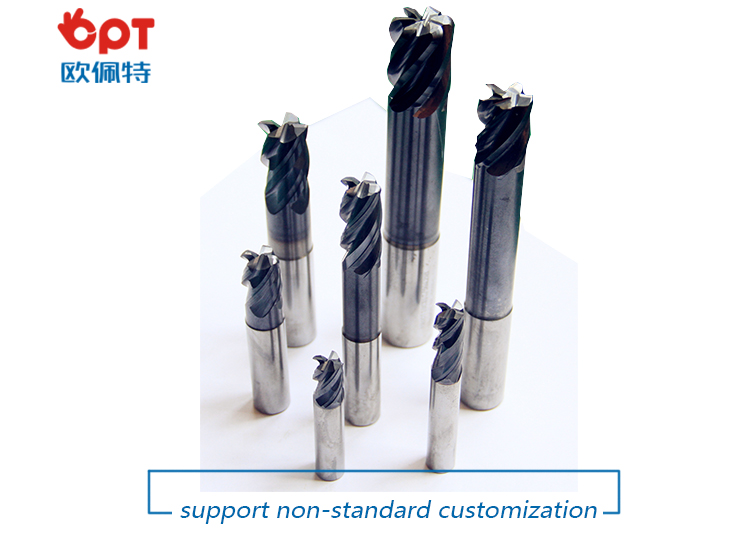
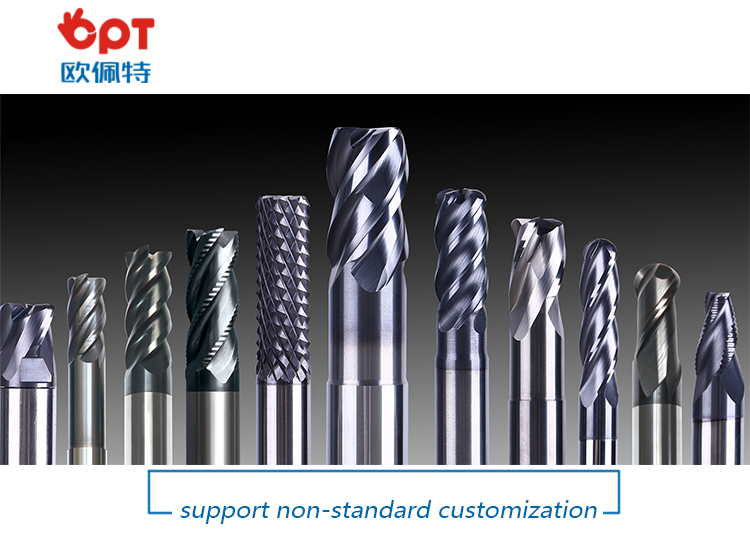
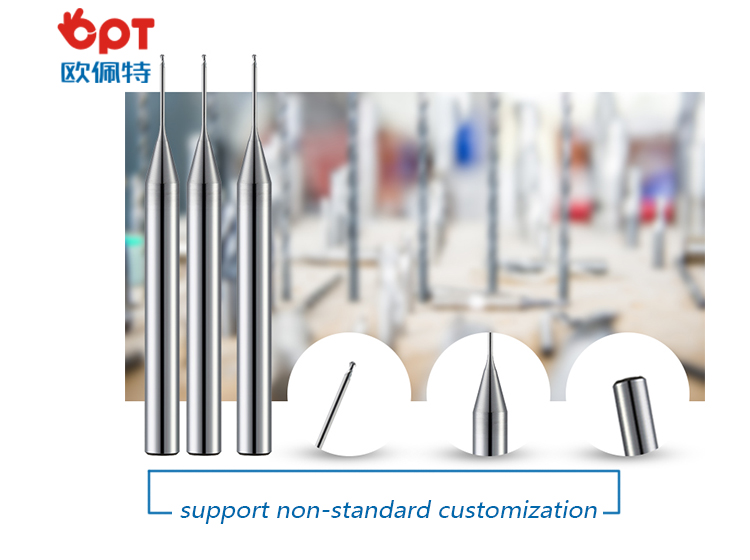
PRODUCTING PROGRESS:

PAYMENT AND DELIVERY:

PRODUCT EQUIPMENT :
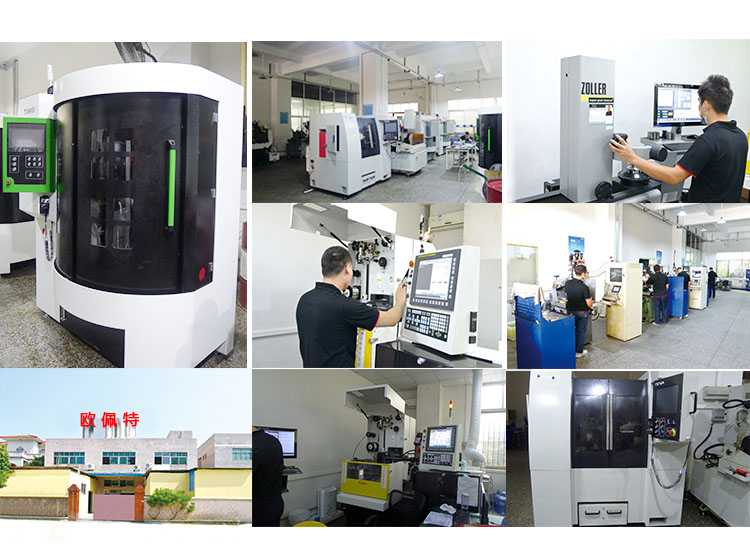
BOUT US :
We are specialize in manufacturing PCD diamond tools and Carbide tools. Our major product inclulde PCD inserts, PCD Reamers , PCD End Mills, PCD Taps, Cabide Inserts,Carbide Drills, Carbide Reams, Taps etc.,
We also offered customized cutting tools per drawings, and provide package according to customer requirements. We manufacture a series range of cutting tools for machining of Cast iron, Aluminium alloy and Non-Ferros metal, it is widely used in all major sectors like Automobiles, Engineering, Aerospace, Aviation and 3C industry. Premium quality of raw material is used in the production and strict examination during processing with advanced equipment, so our client are satisfied with our reliable quality and on-time delivery.
Our best selling of cutting tools include PCD Inserts, PCD End Mill , PCD Ball Nose Mill, PCD Reamer , Carbide Taps, Carbide End Mill , Special Form Cutter and many more. For these years we have been made a large forward in the technologies of manufacturing cutting tools. With high quality on performance and price, our product sells well both on domestic and overseas market. And we will always focus on the quality and best service, to make long business relationship.
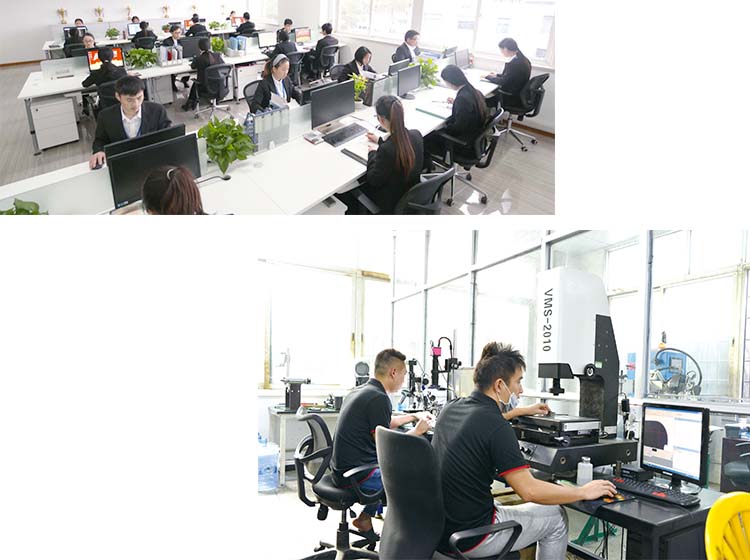
quanlity control:
We have dedicated team of quality control and precise equipment to keep good and stable performance for our products and processing services.

Custom End Mills,Bull End Mill,Metal Cutting End Mills,Oem Customized End Mills
OPT Cutting Tools Co., Ltd. , https://www.optdiamondtools.com